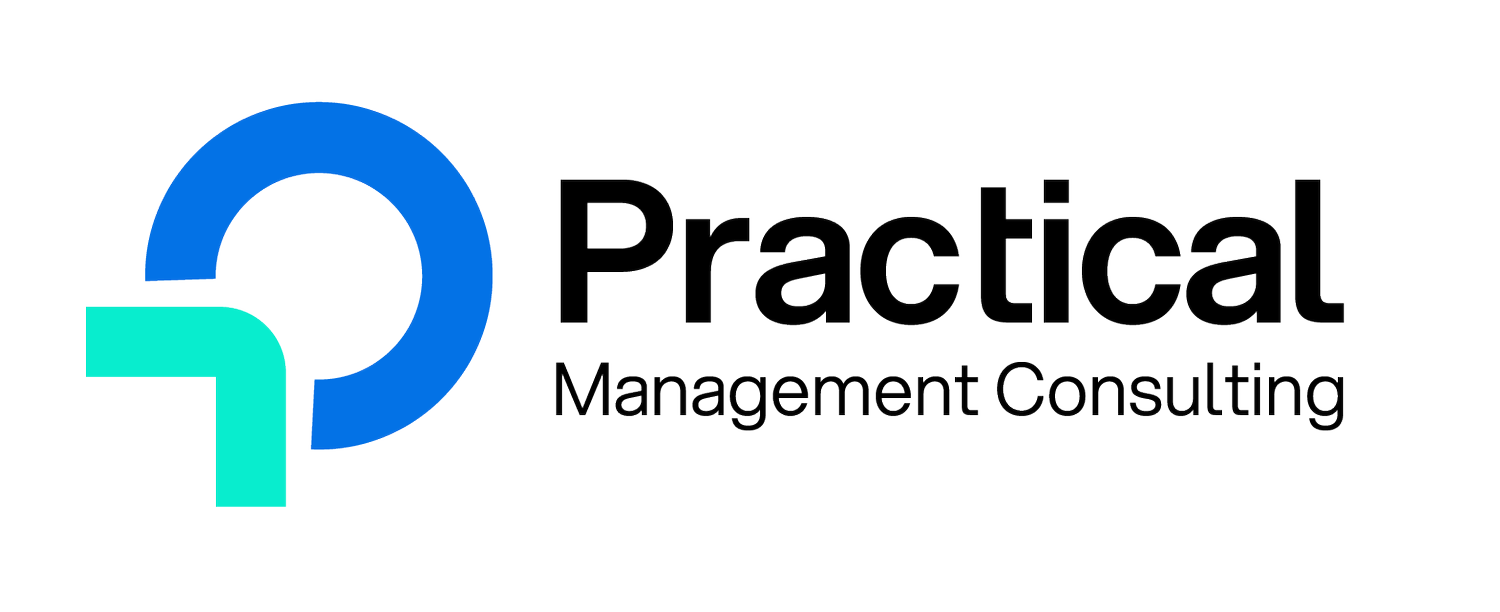Forecasting the Future: How a $200M Non-Profit Built a Cloud Migration Cost Model That Made Financial Sense
Client: Large U.S.-Based Non-Profit
Industry: Non-Profit, Technology Modernization
Engagement Scope: Cloud Migration Cost Modeling, IT-Finance Alignment, Capitalization Strategy, Multi-Year Financial Planning
Our Role
As part of the internal finance team at a $200M+ non-profit, Practical Management Consulting played a key role in supporting one of the organization’s most critical technology transformations: a full-scale cloud migration and application modernization initiative. The technical roadmap had been defined, but executive leadership required deep financial clarity to move forward.
Practical partnered across Engineering, Architecture, and Finance to develop a dynamic, multi-year cost model that would answer a critical question: When does this investment begin to pay off?
Key contributions included:
A 3–5 year cost model comparing on-prem vs. cloud total cost of ownership (TCO)
Conversion of technical inputs from public cloud pricing tools into strategic forecasts
Identification of capitalizable development costs and contractor expense treatment
Budget alignment and financial modeling to support board-level decision-making
A flexible model design capable of evolving as estimates improved
Situation
Preparing for a Multi-Year Cloud Transformation
The organization was in the early stages of a major transition from aging on-premise infrastructure to cloud-based systems. In many cases, legacy applications were being rebuilt from scratch using modern, cloud-native architectures—rather than being lifted and shifted—to enable performance improvements and long-term scalability.
While the Engineering and Architecture teams had outlined the technical path, leadership lacked a clear understanding of how these investments would play out financially over the next several years. The shift to cloud introduced not only new technologies but also new budgeting dynamics that required thorough forecasting and strategic insight.
Business Challenge
Translating Technical Ambitions Into a Strategic Financial Case
The cloud migration introduced multiple financial complexities:
Retiring legacy hardware, software, and licenses
Building new applications with contractor support
Forecasting cloud consumption-based services
Adjusting budgeting strategies for a variable cost structure
To approve and fund the initiative, leadership needed:
A total cost of ownership (TCO) comparison across 3–5 years
A timeline to reach return on investment (ROI)
A clear understanding of capitalizable costs vs. operating expenses
Budget scenarios that accounted for evolving cost estimates
Financial outputs aligned with internal budgeting and governance standards
Areas of Focus & Solutions
1. Comprehensive, Multi-Year Cost Modeling
Practical developed a cost model that compared legacy on-premise technology expenses with forecasted cloud infrastructure and application costs. Inputs were informed by engineering estimates using public CSP pricing tools and validated in working sessions with cloud architects.
The model included:
Application-level cloud operating cost estimates
Infrastructure ramp-up projections
Software and hardware retirement cost offsets
Contractor staffing plans and associated labor costs
Long-term growth and scaling assumptions
Impact: The model provided decision-makers with a clear, side-by-side comparison of current and future-state costs, enabling scenario planning and helping leadership prioritize investments based on timing, return, and strategic value.
2. Capitalization & Cost Categorization Strategy
Given the organization's strategy to rebuild applications in the cloud and enhance legacy platforms, there was a strong opportunity to capitalize certain development efforts. Practical worked with Finance to:
Identify capitalizable vs. non-capitalizable costs
Align model outputs with accounting policy and reporting needs
Prepare supporting documentation for future audits and compliance reviews
At the same time, the migration to cloud technologies introduced a fundamental shift in budget structure. Traditionally, capital investments in infrastructure were depreciated over 5 to 6 years, spreading the financial impact. With cloud, expenses would be:
Incurred immediately as services were used
Tied to variable consumption, not fixed assets
Classified as OpEx, removing upfront capital investments from the books
Impact: Finance leadership gained visibility into how the cloud strategy would reshape IT's financial footprint—moving from predictable depreciation to real-time, usage-based costs. This helped reshape the organization's annual budgeting process and established a new framework for evaluating IT investments.
3. Finance and Engineering Alignment
The modeling process was deeply collaborative. Practical facilitated engagement across both technical and financial stakeholders by:
Holding working sessions with Engineering and Architecture to ensure accuracy of technical inputs
Engaging Finance leadership to align on reporting expectations, budget approval requirements, and prioritization criteria
Surfacing and resolving gaps between technical ambition and financial governance
Impact: The final model served as a shared source of truth across departments—supporting transparency, reducing friction, and accelerating buy-in.
4. Built-In Flexibility for Evolving Estimates
Recognizing that project details would evolve, Practical designed the model to be easily updatable. The structure allowed inputs to be revised as:
More accurate cloud pricing became available
Engineering roadmaps shifted
Priorities or applications were added or deferred
Impact: The model functioned as a living tool, supporting not just initial budgeting but ongoing decision-making, reforecasting, and financial planning throughout the transformation lifecycle.
Results & Value Delivered
The completed cost model empowered the organization to move forward with clarity, structure, and confidence. It provided:
A side-by-side view of on-prem vs. cloud total cost of ownership
A multi-year financial roadmap with clear ROI timelines
Financial treatment of capital and operating costs
Budget-ready outputs that aligned with Finance and executive review
A repeatable framework to guide future cloud initiatives and technology planning
Most importantly, the model helped the organization understand the full financial implications of its cloud transformation strategy—enabling sound investment decisions, long-term budget control, and cross-functional alignment from day one.
